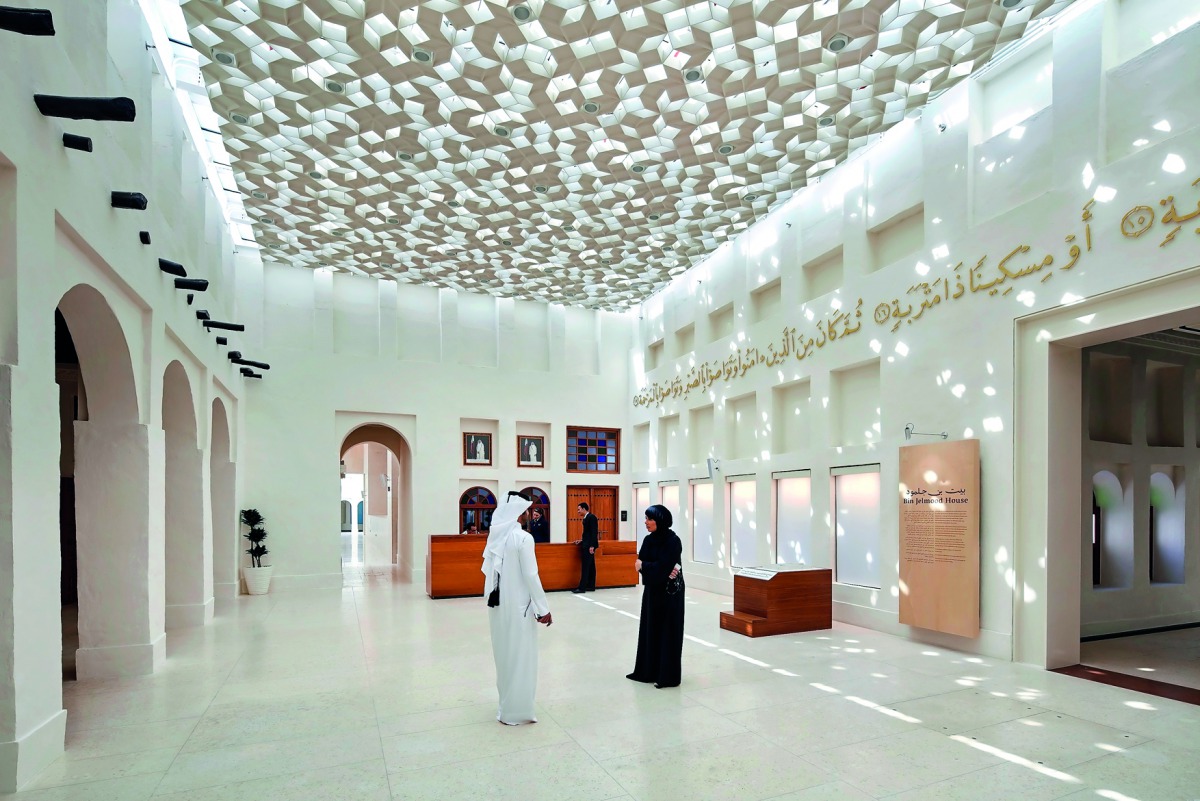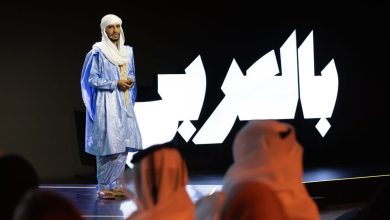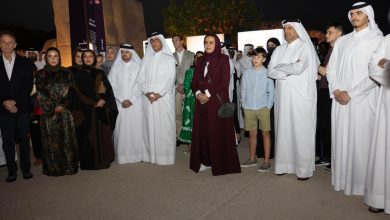A walk through ‘Jelmood House’
جولة في “بيت جلمود”
The Peninsula
Doha: Jelmood, which translates to a “strong man built like a rock” in Arabic, was the name of a known slave merchant who lived in a busy area in the heart of the city of Doha during the beginning of the twentieth century. Jelmood’s house served as a slave market wherein personhood and agency were stripped in a commodifying manner.
In 2015, and in a manner not customary to the region, Qatar decided to confront and interrogate a dark chapter of its trans-local by opening the first slavery museum in the Arab world. The Qatari government undertook to transform the once historic slave auction house into a museum, turning it into an institution for cultural reckoning.
While exploring the museum, visitors encounter exhibition rooms, a huge courtyard, a small library and a research space. In a nearby room, a film displayed on a screen features a young woman who tells her sad story of how she was kidnapped in Africa, separated from her family and shipped against her will along with others to an unknown country.
Every room in the museum challenges your emotions and enables you to explore the complicated topic of slavery through visual installations, photographs and historic items. The second extension of Bin Jelmood House documents the abolishing of slavery in all of its forms in Qatar from the early nineteen sixties until this day.
The museum’s context is a declaration of human rights and an endorsement to the reactionary forces today who are working hard to prevent the cruel practice of modern slavery and human trafficking.
ذا بينينسولا
الدوحة: جلمود، وهي كلمة بمعنى “رجل قوي البنية كالصخر”، هو اسم تاجر رقيق معروف عاش في منطقة مزدحمة في قلب مدينة الدوحة في بداية القرن العشرين. وكان بيت جلمود بمثابة سوق للعبيد حيث كان الجميع يعامل كسلعة.
وفي عام 2015، وبطريقة خارجة عن المألوف، قررت قطر مواجهة واستجواب فصل مظلم من عابرها المحلية من خلال افتتاح أول متحف للعبودية في العالم العربي. حيث تعهدت الحكومة القطرية بتحويل دار مزادات العبيد التاريخية إلى متحف، وتحويله إلى مؤسسة للإعتبار الثقافي.
ويواجه الزوار، أثناء استكشاف المتحف، غرف عرض وفناء ضخم ومكتبة صغيرة ومساحة بحث. وفي غرفة مجاورة، يعرض فيلم على الشاشة امرأة شابة تروي قصتها الحزينة عن كيفية اختطافها في إفريقيا، وفصلها عن عائلتها وإرسالها رغماً عن إرادتها مع آخرين إلى بلد مجهول.
تتحدى كل غرفة في المتحف عواطفك وتمكنك من استكشاف موضوع العبودية المعقد من خلال التركيبات المرئية والصور الفوتوغرافية والعناصر التاريخية. يوثق التمديد الثاني لمتحف بيت بن جلمود إلغاء الرق بكافة أشكاله في قطر منذ مطلع الستينيات وحتى يومنا هذا.
إن سياق المتحف هو إعلان لحقوق الإنسان وتأييد للقوى الرجعية اليوم التي تعمل بجد لمنع الممارسة الوحشية للعبودية الحديثة والاتجار بالبشر.




